Tag: study

Benzodiazepines and Development of Delirium in Critically Ill Children
Benzodiazepines are an independent and modifiable risk factor for development of delirium in critically ill children, even after carefully controlling for time-dependent covariates, with a dose-response effect. This temporal... read more
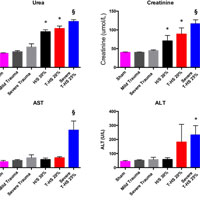
Scavenging Circulating Mitochondrial DNA as a Potential Therapeutic Option for Multiple Organ Dysfunction in Trauma Hemorrhage
Trauma is a leading cause of death worldwide with 5.8 million deaths occurring yearly. Almost 40% of trauma deaths are due to bleeding and occur in the first few hours after injury. Of the remaining severely injured patients... read more
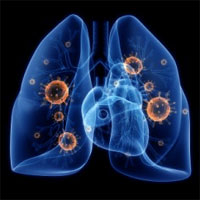
Prevention of VAP: Effects of a National multi-modal Approach in Spain
This large, prospective multi-centre study demonstrates that a national approach (incorporating a care bundle, education cascade, and clinical governance process) for Ventilator-associated pneumonia (VAP) prevention is feasible... read more

Hemodynamic Response After Rapid Sequence Induction With Ketamine in Out-of-Hospital Patients at Risk of Shock as Defined by the Shock Index
After ketamine induction, high shock index patients exhibited blunted hypertensive responses and more frequent hypotension, whereas low shock index patients had sustained increases in pulse rate and SBP. One hundred twelve... read more

Human limb skeletal muscle wasting and architectural remodeling during five to ten days intubation and ventilation in critical care
Using ultrasound, we have been able to demonstrate that muscle thickness and architecture of vastus lateralis undergo rapid changes during the early phase of admission to a critical care environment. Muscle loss in critically... read more
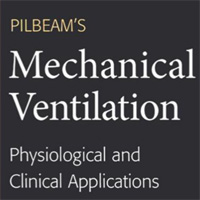
Mechanical Ventilation: Physiological and Clinical Applications
Known for its simple explanations and in-depth coverage of patient-ventilator management, this evidence-based text walks readers through the most fundamental and advanced concepts surrounding mechanical ventilation and guides... read more

Pre-hospital advanced airway management by anaesthetist and nurse anaesthetist critical care teams
When performed by experienced physician anaesthetists and nurse anaesthetists, pre-hospital tracheal intubation was completed rapidly with high success rates and a low incidence of complications. The critical care teams attended... read more

Sophia Observation Withdrawal Symptoms-Pediatric Delirium Scale
The SOS-PD scale shows promising validity for early screening of Pediatric Delirium (PD). Further evidence should be obtained from an international multicentre study. A total of 2088 assessments were performed in 146 children... read more

Acute kidney injury common in children, young adults in ICU
Among children and young adults admitted to intensive care, as many as 1 in 4 may have acute kidney injury and 1 in 10 may have severe acute kidney injury. Acute kidney injury is common in children and young adults admitted... read more

Epidemiology of Sepsis in Turkish ICUs
The prevalence and mortality of sepsis are largely unknown in Turkey, a country with high antibiotic resistance. A national, multicenter, point-prevalence study was conducted to determine the prevalence, causative microorganisms,... read more

Cystic Fibrosis Transmembrane Conductance Regulator Potentiation as a Therapeutic Strategy for Pulmonary Edema
Cystic fibrosis transmembrane conductance regulator potentiation by ivacaftor is a novel therapeutic approach for pulmonary edema. Ivacaftor significantly improved alveolar liquid clearance in isolated pig lung lobes ex vivo... read more

Delirium in ICU Prevented With Nocturnal Administration of Dexmedetomidine
Low-dose dexmedetomidine administered at night to critically ill adults reduced the incidence of delirium during intensive care unit (ICU) stays and patient-reported sleep quality remained unchanged, according to a study... read more
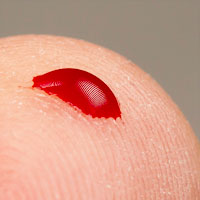
Diagnosis of Sepsis from a Drop of Blood by Measurement of Spontaneous Neutrophil Motility in a Microfluidic Assay
Current methods for the diagnosis of sepsis have insufficient precision, causing regular misdiagnoses. Microbiological tests can help to diagnose sepsis, but are usually too slow to have an impact on timely clinical decision-making.... read more
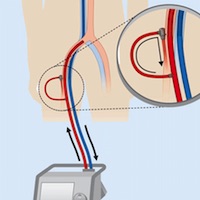
Left Ventricular Unloading During Veno-Arterial ECMO
Veno-arterial extracorporeal membrane oxygenation (VA ECMO) is widely used in cardiogenic shock. It provides systemic perfusion, but left ventricular (LV) unloading is suboptimal. Using a closed-loop, real-time computer model... read more








